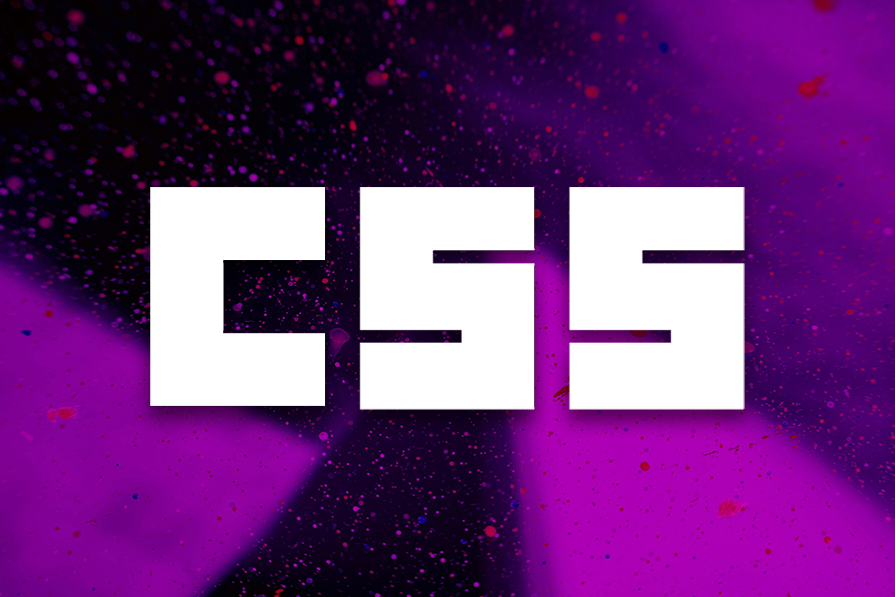6 CSS tools for more efficient and flexible CSS handling

CSS Tools for Efficient and Flexible CSS Handling
Pigment CSS
Pigment CSS is a zero-runtime CSS-in-JS library that extracts co-located styles into separate CSS files during the build phase, improving performance by eliminating the need for runtime style processing. It offers support for modern CSS features, alignment with the React ecosystem, and is considered a successor to Emotion and styled-components.
Next-Yak
Next-Yak is a CSS-in-JS solution tailored for Next.js projects, striking a balance between speed and API complexity. It leverages Next.js's built-in CSS handling capabilities to extract styles from components and generate separate CSS files, promoting modular organization and improved maintainability.
styled-components
styled-components revolutionized component-level styling by allowing styles to be defined directly within React components using template literals and tagged functions. It simplifies development workflows, streamlines component-based styling, and enhances code readability by keeping styles closely tied to their associated components.
CSS Modules
CSS Modules offer a solution for managing styles in large React applications by automatically generating unique class names and encapsulating styles within individual components. This approach simplifies styling, improves code organization, and reduces complexity by providing local scoping for styles.
Emotion
Emotion is a versatile tool that offers efficient and flexible styling capabilities. It provides an intuitive API for styling components, supports various CSS-in-JS features, and enhances developer productivity by streamlining the styling process in React applications.
By utilizing these CSS tools, developers can enhance the efficiency and flexibility of their CSS handling, leading to improved performance, streamlined workflows, and better code organization in their projects.